Evening, all. Is that seat taken? May I? Thank you.
So, whilst I write up a couple of patterns for you, let’s have a book review.
A while ago, I was having a silent grumble in my head about how there seem to be fewer books on crochet pattern-design/writing than there are knitting-related equivalents.
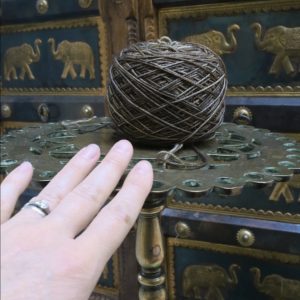
To be fair, there are a lot of silent grumbles in my head, most of which should get a grip and definitely remain silent, because they’re about such weighty problems as, “Why-oh-why is that ball of yarn just out of reach? I’m going to have to stand up to get it, aren’t I? But I’m tired. Oh, the woe…”
But the crochet-design grumble was persistent, so my curiosity was piqued when I heard about a new book that has just been published: Design Your Own Crochet Projects, by Sara Delaney. Storey Publishing kindly sent me a copy to review (and I’m happy to say that it’s well within reach as I write this, so I won’t even need to suffer the exertion of standing up).
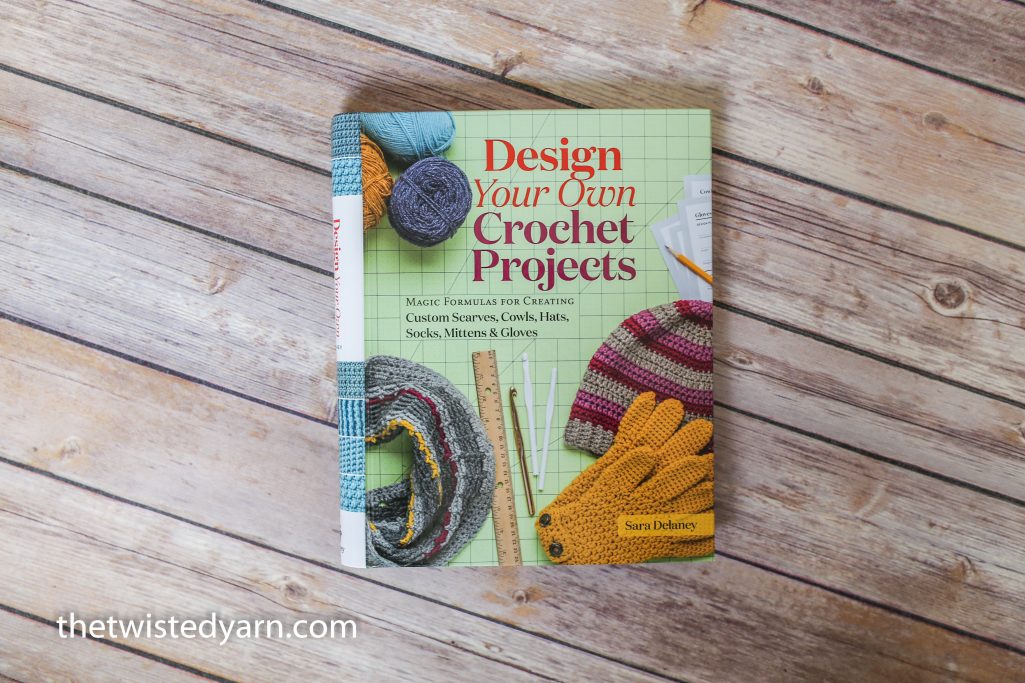
First, let’s be clear about what this book is… and what it isn’t. What you get is a very practical guide to working out the measurements, yarn requirements, stitch/row counts, and structure of crocheted accessories. For six different types of project (scarves, cowls, hats, socks, mittens, and gloves), Delaney walks the reader through swatching, taking the essential measurements of both crochet and person, then constructing a useable pattern with specified yarn requirements. There are worksheets with formulae lying ready for your calculations, clear and logical enough to avoid scaring off even the twitchiest number-phobe.
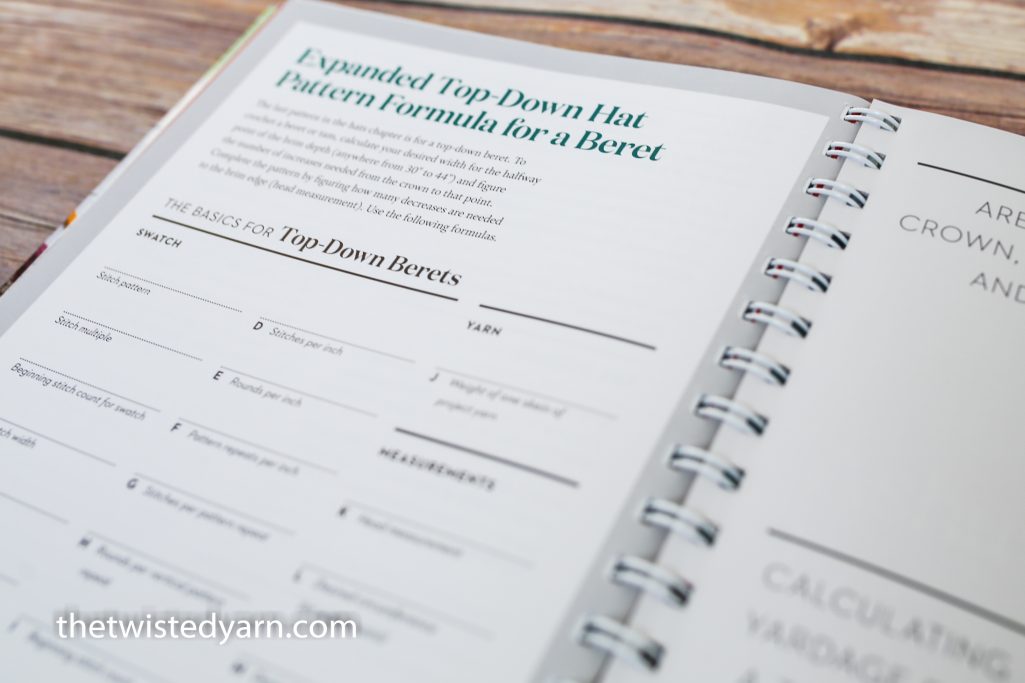
And there are diagrams of how and where to measure for garment size:-
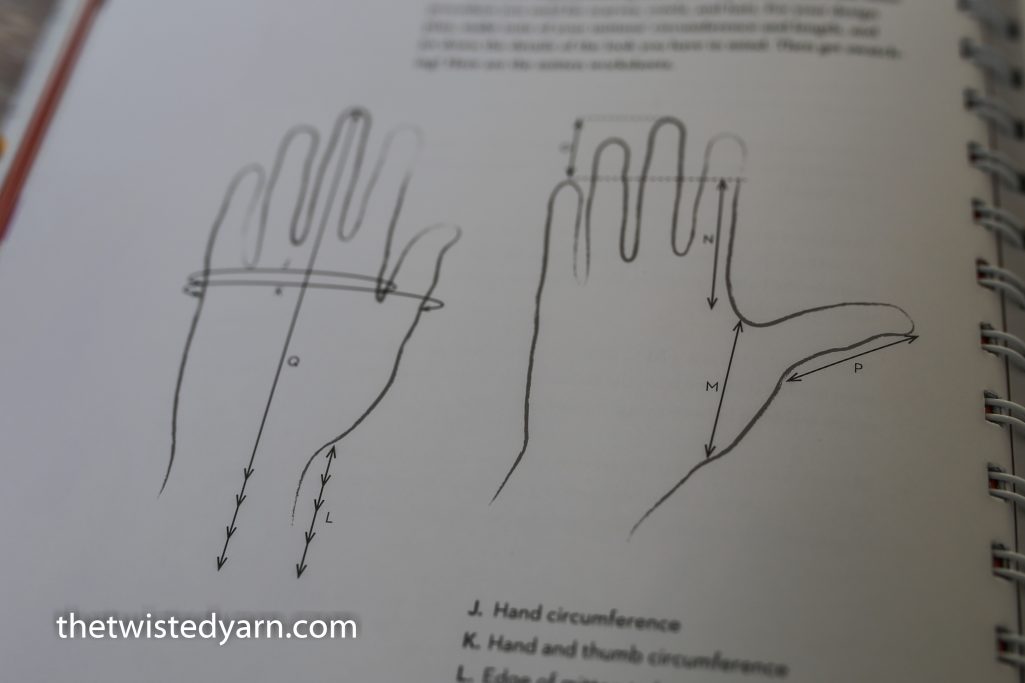
At the beginning of the book, you’ll find a brief but helpful chapter on fibre and yarn characteristics in relation to how they tend to behave when used to make garments.
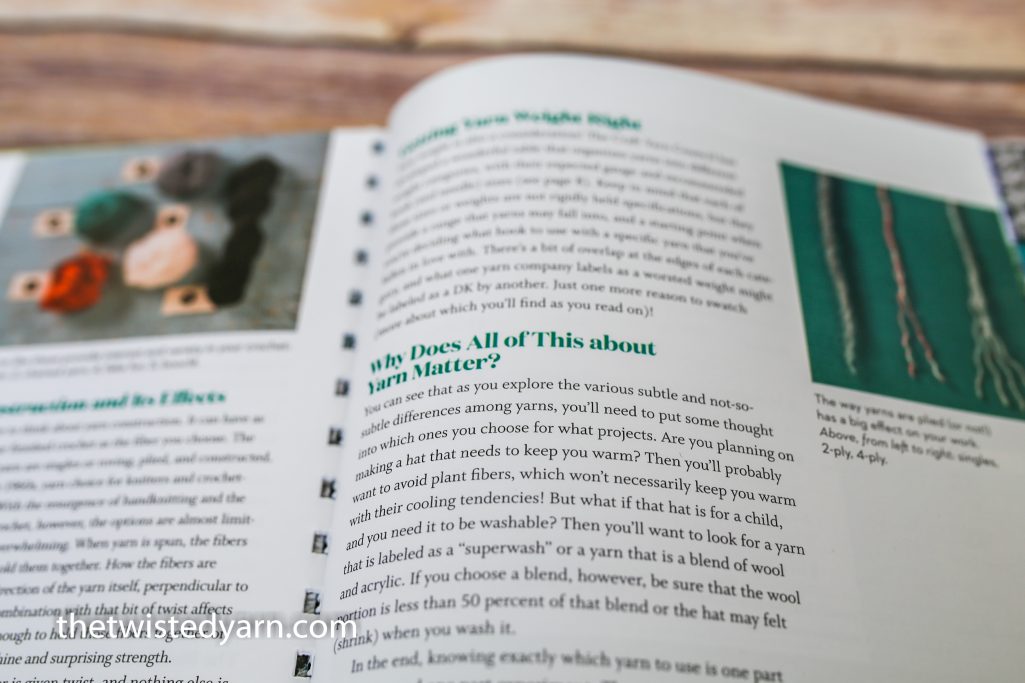
The main portion of this book is divided into chapters by type of project. Each one begins with a discussion of the architecture of that type of accessory (for example, reasons for varying the length and/or width of a scarf). Where relevant, different methods of construction are covered (cuff-down vs. toe-up socks, for example). You’re instructed to swatch using your chosen crochet stitch and yarn, then plug the measurements of both swatch and person into the formulae. The bare bones of a pattern are given, into which you add your details. Am I making sense at all?
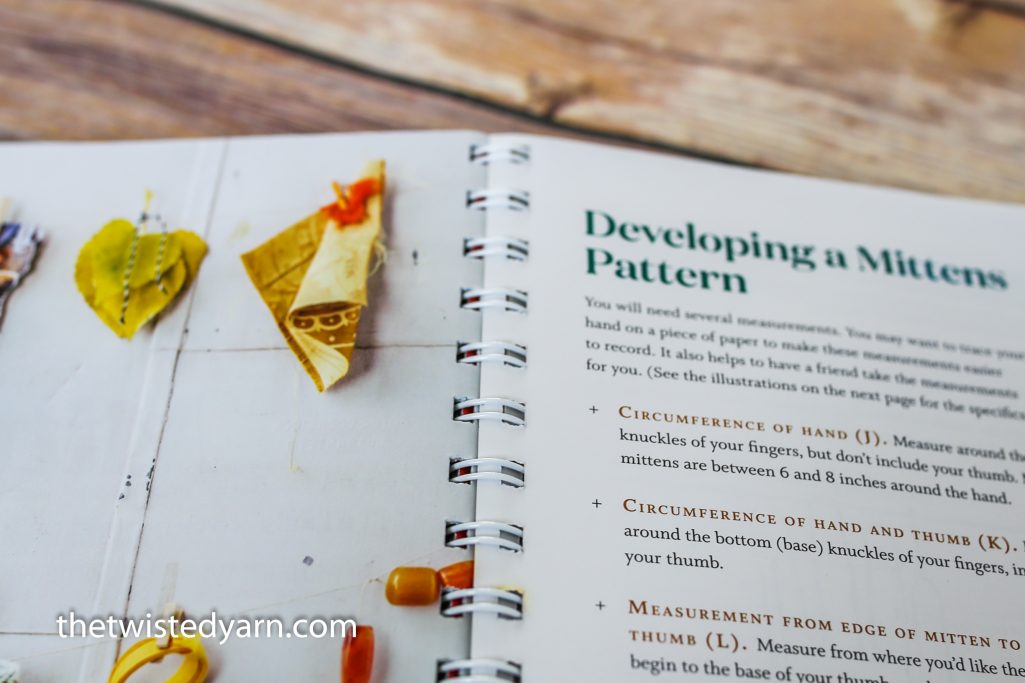
Each chapter then ends with a couple of sample patterns. The details of these have been entered into worksheets, as an illustration of how the whole process works. Nifty, huh?
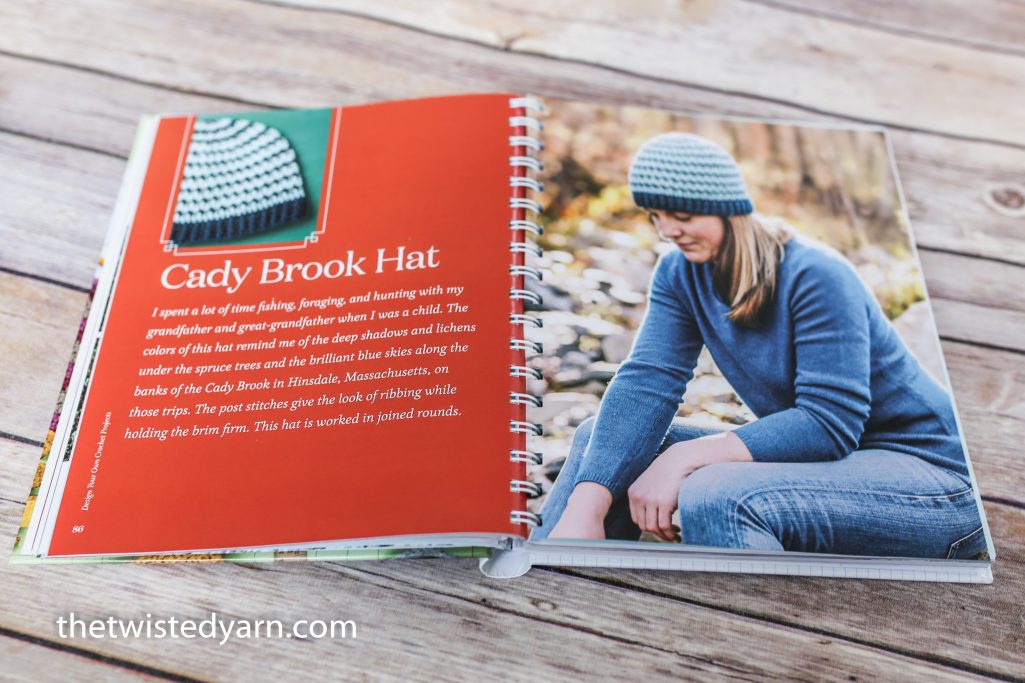
Scattered throughout the book are tips and asides, e.g. how to block hats, and where to begin/end rounds when designing mittens.
Design Your Own Crochet Projects would best suit someone with some crochet experience, who likes the idea of tweaking simple projects to their own design ideas or measurements. And although the book discusses only crochet, the principles it contains apply equally well to knitting. Only the sample patterns would be useless to a knitter.
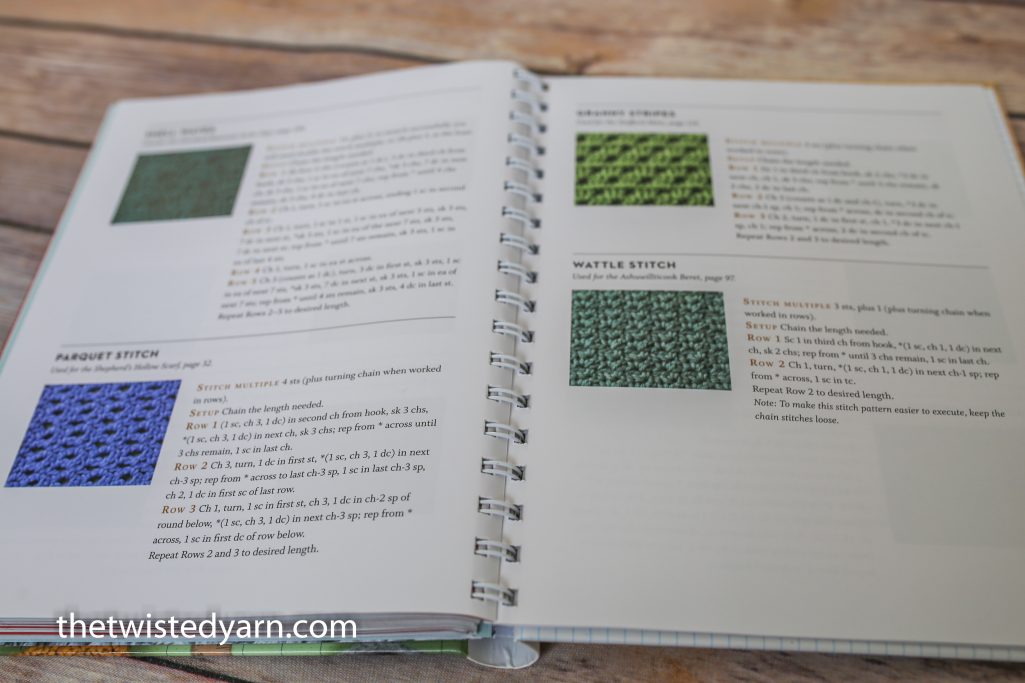
Can we just discuss the things that this book isn’t? This is not a textbook on design. You won’t find anything about use of colour, or using a mood board. And it’s not a one-stop book for folk who want to write patterns for sale. Well, not really. For example, it doesn’t specifically cover subjects such as grading (i.e. scaling a pattern up and down for a variety of ages/sizes), although you could use each worksheet multiple times to generate different sizes, I guess. And it doesn’t cover general issues that arise when you’re writing patterns for others (e.g. how much detail to provide, consistency of style, etc) in the way that – for example – Kate Atherley does in her book, The Beginner’s Guide To Writing Knitting Patterns. Finally, the book focuses solely on accessories and socks, so you’ll need to look elsewhere if you want help designing a jumper, cardigan, skirt, or toy.
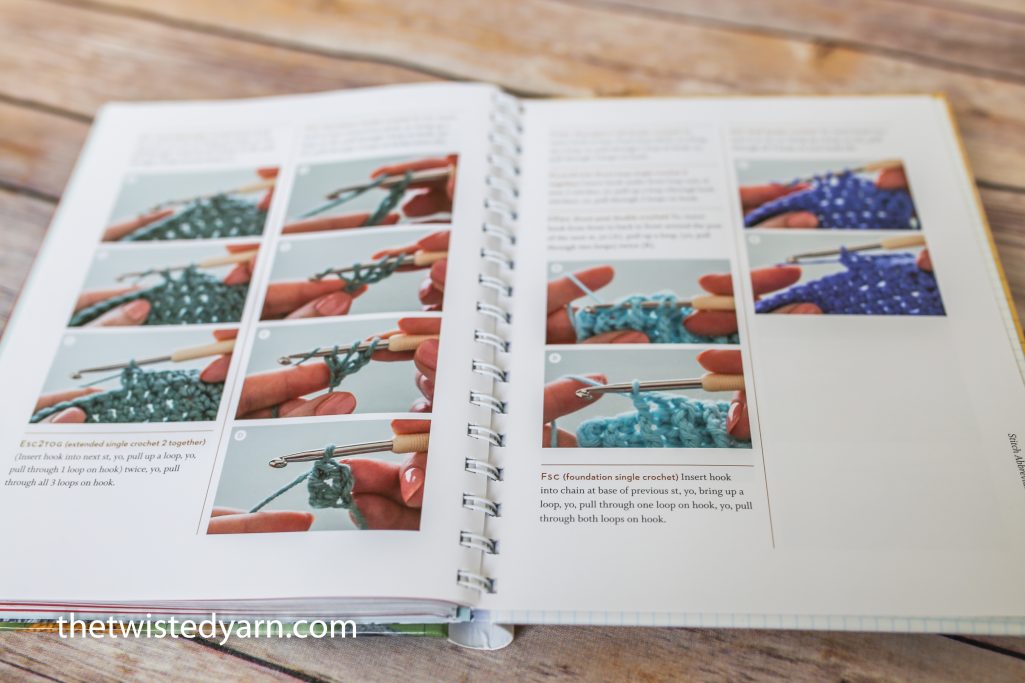
By the way, the units of measurement, and other terms are American (inches, ‘pinkie’ finger, etc) which may or may not suit your preferences. The crochet terms are American, too.
Overall, this book will be immensely useful if you want to tweak or play with classic forms of accessories. If there’s lovely yarn languishing in your stash but you can’t find the right hat pattern at the right gauge, then use this book. Ditto if you find that published patterns for accessories never quite fit your exact shape. This might even be the beginning-of-the-end for my silent grumble about the lack of crochet-pattern-writing books.
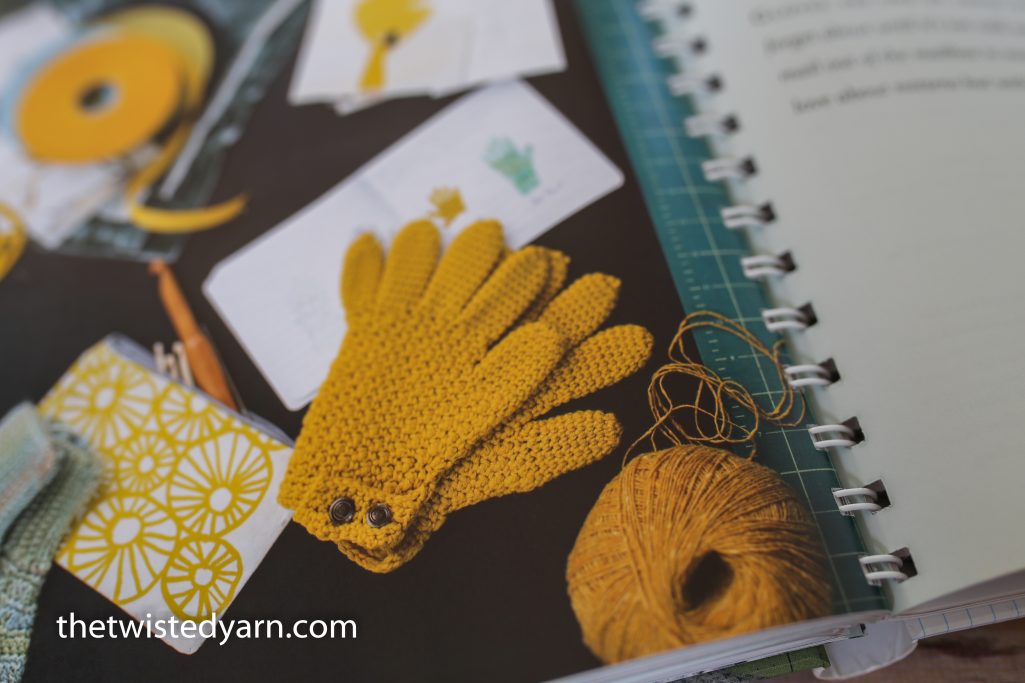
Design Your Own Crochet Projects by Sara Delaney, is available worldwide now, published by Storey. 250pp, hardback, spiral-bound. Enjoy!
Thank you, Storey Publishing, for the free review copy.
Do you think a life long knitter could learn to crochet? Can you recommend a book for a beginner?
Absolutely, you could! Of course! Videos on YouTube are your friend. As for books, this is quite a good introduction. (I’m not sure whether it’s available in the US, though.) https://www.amazon.co.uk/Crochet-Step-Projects-Techniques-Patterns/dp/1409364186/ref=sr_1_1?s=books&ie=UTF8&qid=1515086036&sr=1-1&keywords=crochet+step+by+step
Thanks for the tip, found a copy on Amazon USA… be in my hands in 2 days 🙂
Looks interesting x
I am intrigued! You gave a good review; I would know what to find in the book if I order it. Thank you!
Looks like a nice book but I would recommend a book from the seventies The Adventurous Crocheter by Delia Brocker and Lorraine Bodger. Excellent book on how to design and size your own crochet patterns.
http://lilbitbrit.blogspot.com/
Might almost make me want to crochet! BTW there are some patterns in the Japanese stitch book that make use of crochet hook and chains to do fun stuff. Pretty stuff! Fun stuff! I’m having a ball with that book so thanks so much for turning us on to it.
Maybe I should do some crochet! This book looks useful even to a knitter though.
Sounds like an interesting book. I can’t help wondering though if there are not computer programmes that would do this for you?